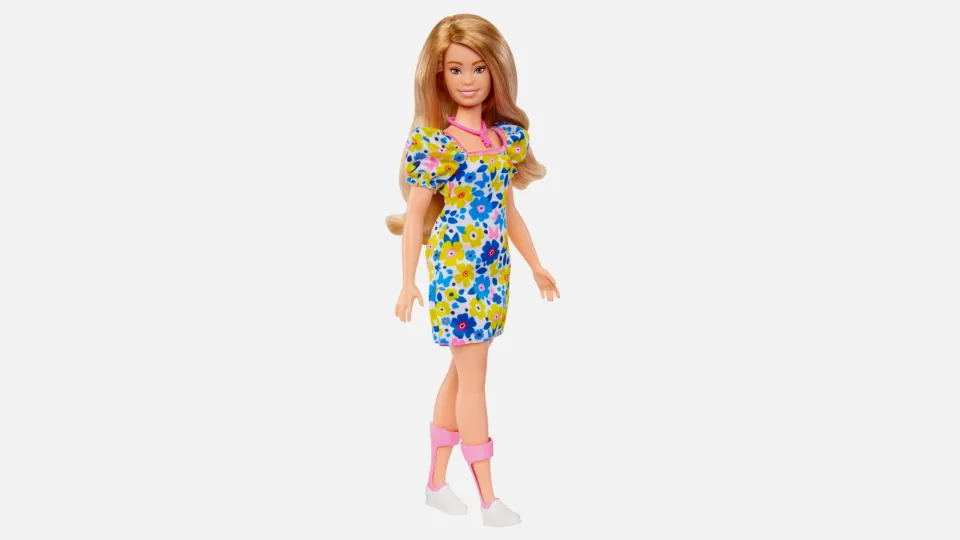On Tuesday, Mattel revealed a groundbreaking addition to their Barbie Fashionistas collection: a doll inspired by individuals with Down syndrome. The Fashionistas line aims to provide children with a diverse representation of beauty while combating the stigma surrounding physical disabilities.
Prior Fashionistas dolls have featured a prosthetic leg, hearing aids, a wheelchair, and vitiligo, a skin condition that results in pigment loss in patches of skin. To develop their latest doll, Mattel collaborated with the National Down Syndrome Society (NDSS) to ensure accurate representation of the condition in the doll's design, clothing, accessory, and packaging.
Kandi Pickard, NDSS President and CEO, expressed the importance of this new doll for the Down syndrome community, highlighting the power of representation. The doll is a significant step towards inclusion and is being celebrated.
In recent years, Mattel has made strides towards making their iconic Barbie brand, which has been around for 64 years, more inclusive. Historically, the company has faced backlash for promoting an unrealistic female body type. Since 2016, in response to dwindling sales, Mattel has reimagined Barbie with a more diverse and inclusive appearance, introducing four body types, seven skin tones, 22 eye colors, and 24 hairstyles. The Fashionistas line, launched three years later, continues this evolution.
The latest Fashionista doll's features were reviewed by a medical professional and include a new face and body sculpt that exemplifies women with Down syndrome. The doll has a shorter frame, a longer torso, a rounder face, smaller ears, a flat nasal bridge, and slightly slanted almond-shaped eyes. The doll's palms have a single line, which is commonly associated with Down syndrome.
The doll wears a pink ankle foot orthotic, matching her dress, and her sneakers have a zipper to represent children with Down syndrome who use orthotics for support. The doll's dress features butterflies and the colors yellow and blue, symbols of Down syndrome awareness. Additionally, her pink pendant necklace showcases three upward chevrons, a unifying symbol for the Down syndrome community, which signifies the three copies of the 21st chromosome responsible for the condition's characteristics.
Lisa McKnight, Mattel’s Executive Vice President and Global Head of Barbie & Dolls, explained that their goal is for children to see themselves in Barbie while also encouraging them to play with dolls who look different. Through play, they hope to challenge social stigma and foster empathy. Mattel is proud to introduce a Barbie doll with Down syndrome, furthering their commitment to celebrating inclusion and diversity.










